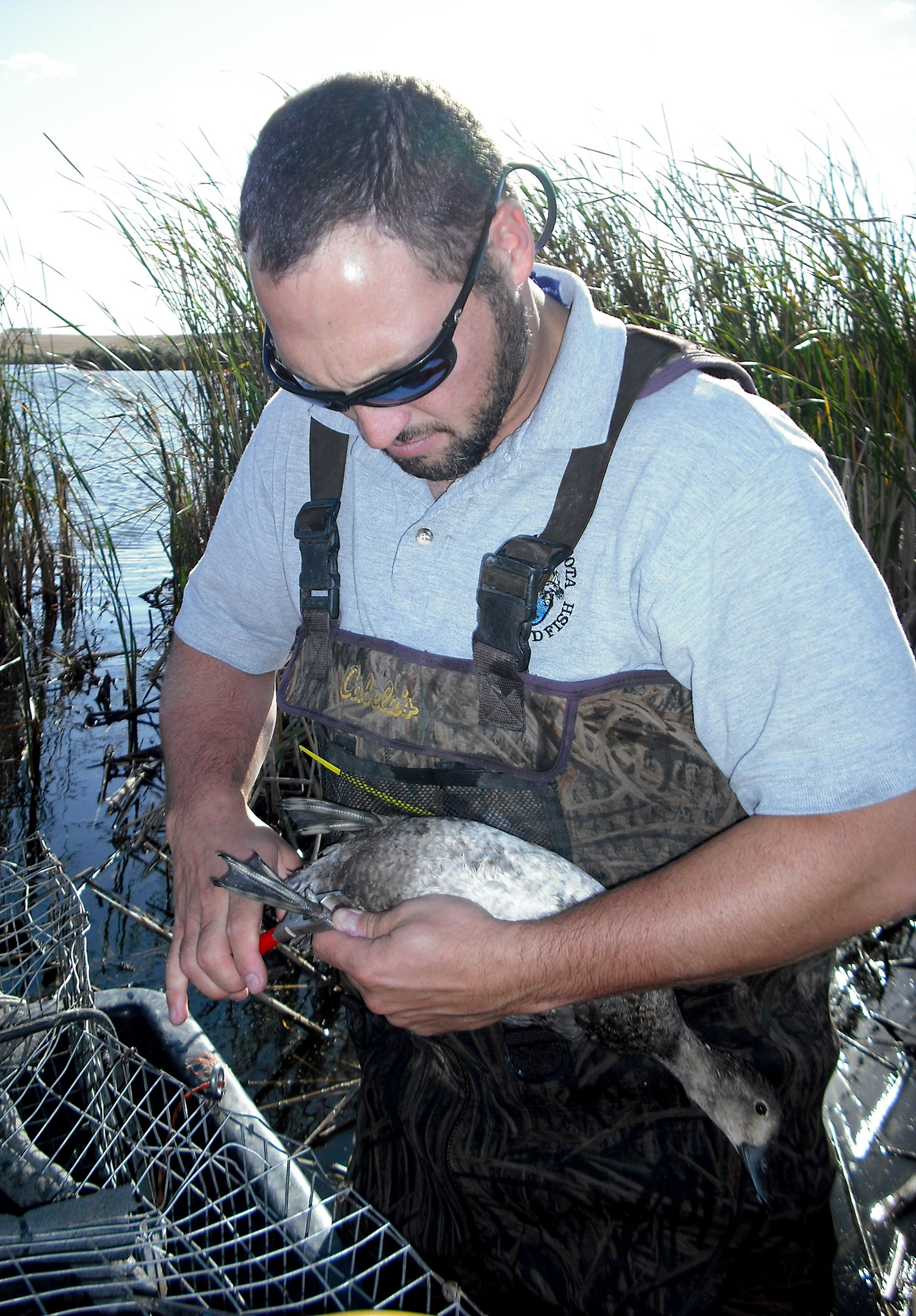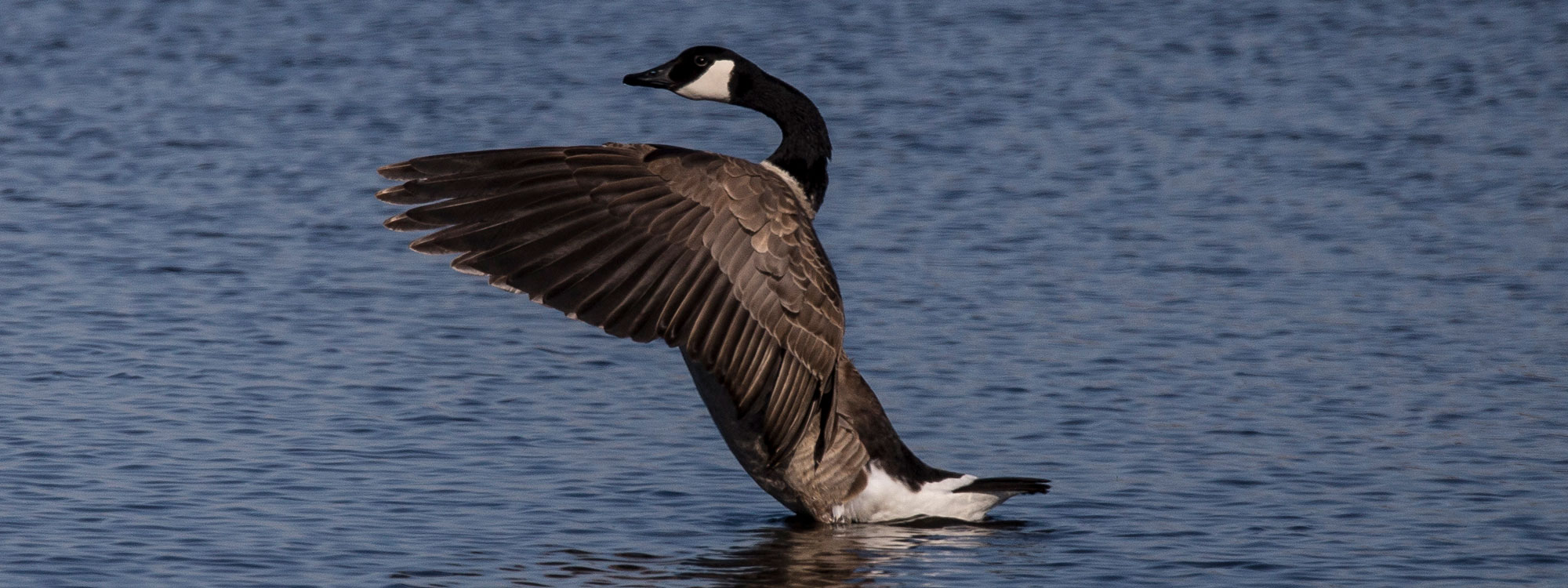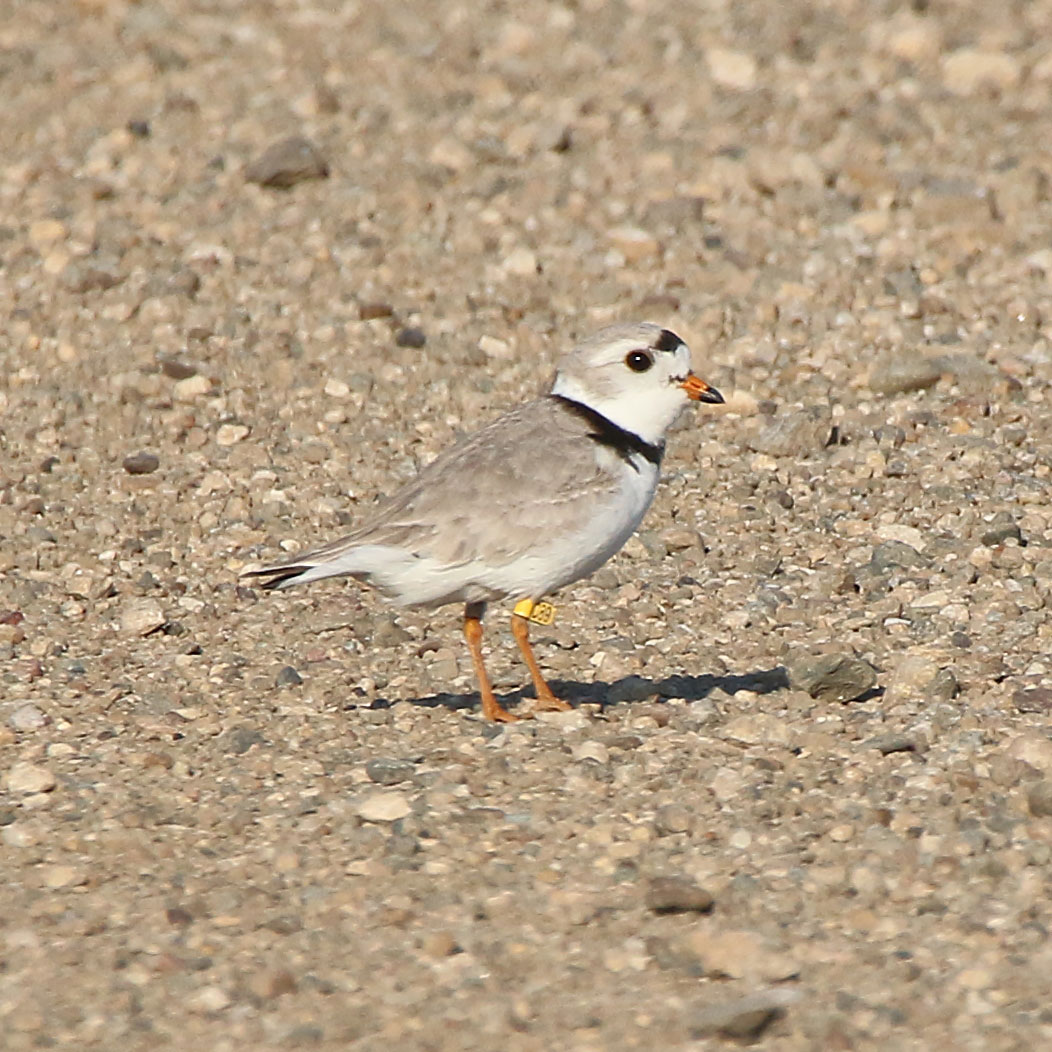Permits
Banding in the United States requires capturing and handling birds, which is controlled under the Migratory Bird Treaty Act and requires a U.S. Federal Bird Banding and Marking Permit.
- Permits available through the Bird Banding Laboratory (USGS) and are valid for 3 years
- Only official federal bands may be legally placed on birds that are released within the U.S.
- Birdnet – Permit information for United States

Pre-season Duck Banding
In the mid 1990’s, the Central Flyway undertook a six year duck banding project, which contributed substantially to the national database (see maps). A smaller operational program was implemented in 2002 to continue to add information and detect changes that might occur over time, which continues to this day.
Objectives/Details
- Band a representative sample of ducks across a broad region of the traditional breeding grounds during August and early September
- Target birds that nested and were produced (i.e., ducklings) in the immediate area where banding occurs
- Other duck species are opportunistically banded when trapped, most notably, large numbers of blue-winged teal and pintail are routinely banded
- In order for the program to be successful, hunters must also report the band to the Bird Banding Laboratory (BBL), which is run by the US Geological Survey (USGS)
Beginning in 1995, bands were inscribed with a toll-free phone number for the hunter to call and report the band. In 2007, bands also included a web address where you can report your band online over the internet. As a result, the band reporting rate (the percentage of banded birds taken AND reported) increased from about 33% to as high as 80% for ducks, and has significantly increased the efficiency of banding operations.
Starting in 2017 the call center for reporting bands by phone was eliminated, and new bands in the future will only contain the web address inscription for reporting bands www.reportband.gov.
The recoveries provide a multitude of information including identifying migration routes, the distribution and derivation of harvest, and correction factors for the composition of harvest and survival rates. This latter information is used by USFWS within Adaptive Harvest Management models to aid in determining annual duck hunting regulations.

Goose banding
Canada geese are banded annually in portions of the Central Flyway with many of the same objectives as ducks; to learn about production of young, to map the distribution and timing of the harvest, and to calculate survival and recovery rates.
By the mid 1980’s, banding data for Canada geese in the Central Flyway had become sporadic. As a result, beginning in 2012 and continuing through 2015 a new effort to band geese from the Great Plains Population (large races) was completed to update vital rate information for this growing population. A smaller operational program is implemented today, with fewer birds being banded, but continues to supply valuable information for Canada goose management in the Flyway.
Objectives/Details
- Banding typically takes place in late-June and early-July when adults are molting their flight feathers and gosling have yet to develop the ability to fly
- Flightless birds are driven with boats, helicopters, and/or people into traps with long leads, usually placed on the shore of wetlands
- Some states also use large panels and multiple people to corral flightless geese on dry land, adjacent to wetlands
- The sex of each bird is determined and birds are classified into one of two age classes, Hatch Year (gosling) and After Hatch Year (adult), before a band is put on one leg
Additionally, greater white-fronted geese and Central Flyway Arctic Nesting Geese (small races of Canada geese) are banded annually in remote arctic regions of North America by the Canadian Wildlife Service.

Other Birds
Nongame birds are banded to estimate population vital rates, monitor threatened or endangered species, or for other directed research on a specific species. However, the recovery of banded nongame species versus hunted species is typically much lower. Marking nongame birds with GPS or satellite telemetry, geolocators, and other new tracking technology is helping biologists learn more about nongame bird movements. Recognize that marking nongame birds may require the same federal and state permits as for hunted species. All nongame birds that are banded or marked should reported to the Bird Banding Lab.